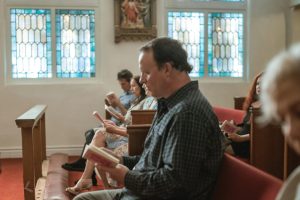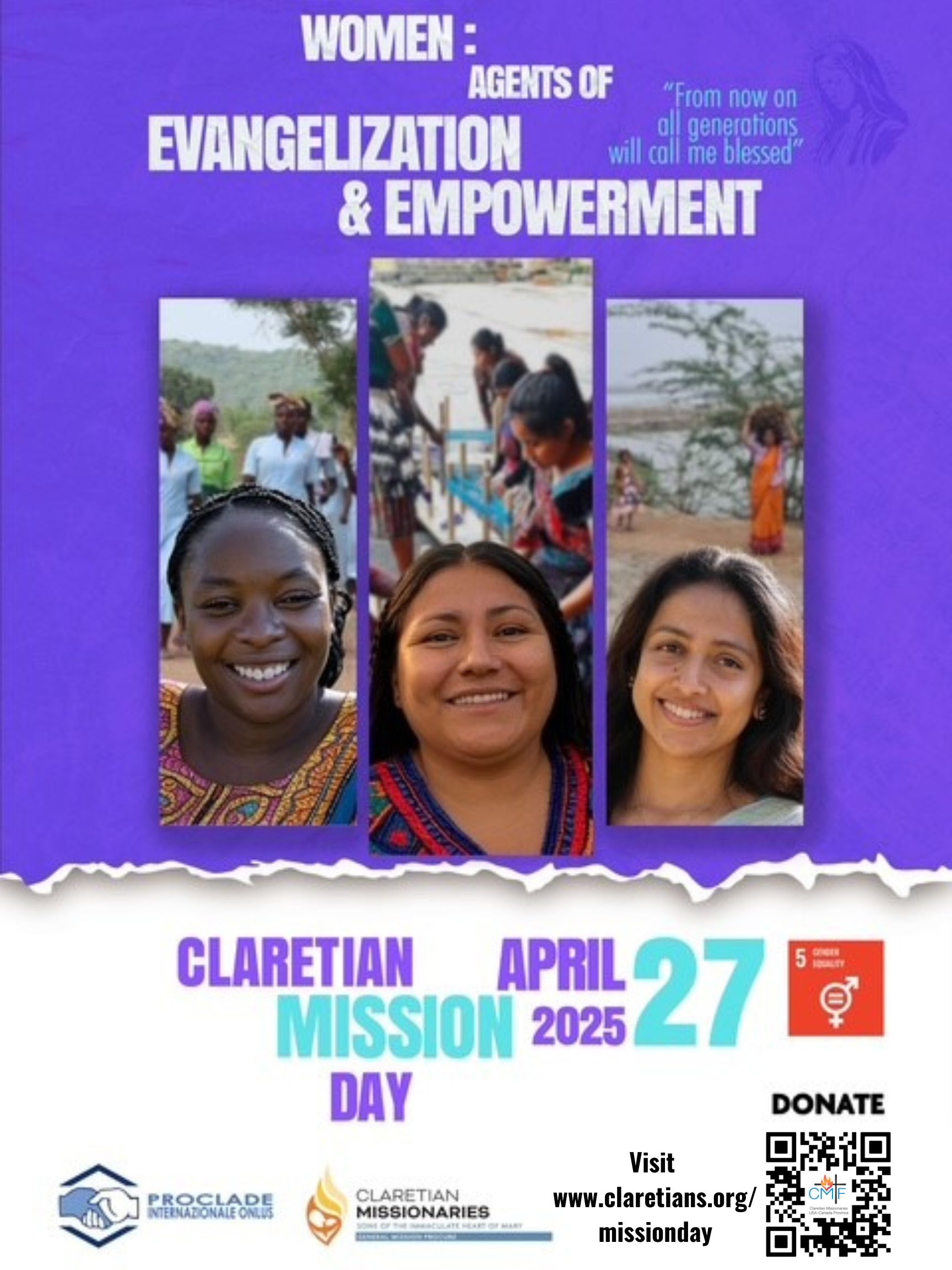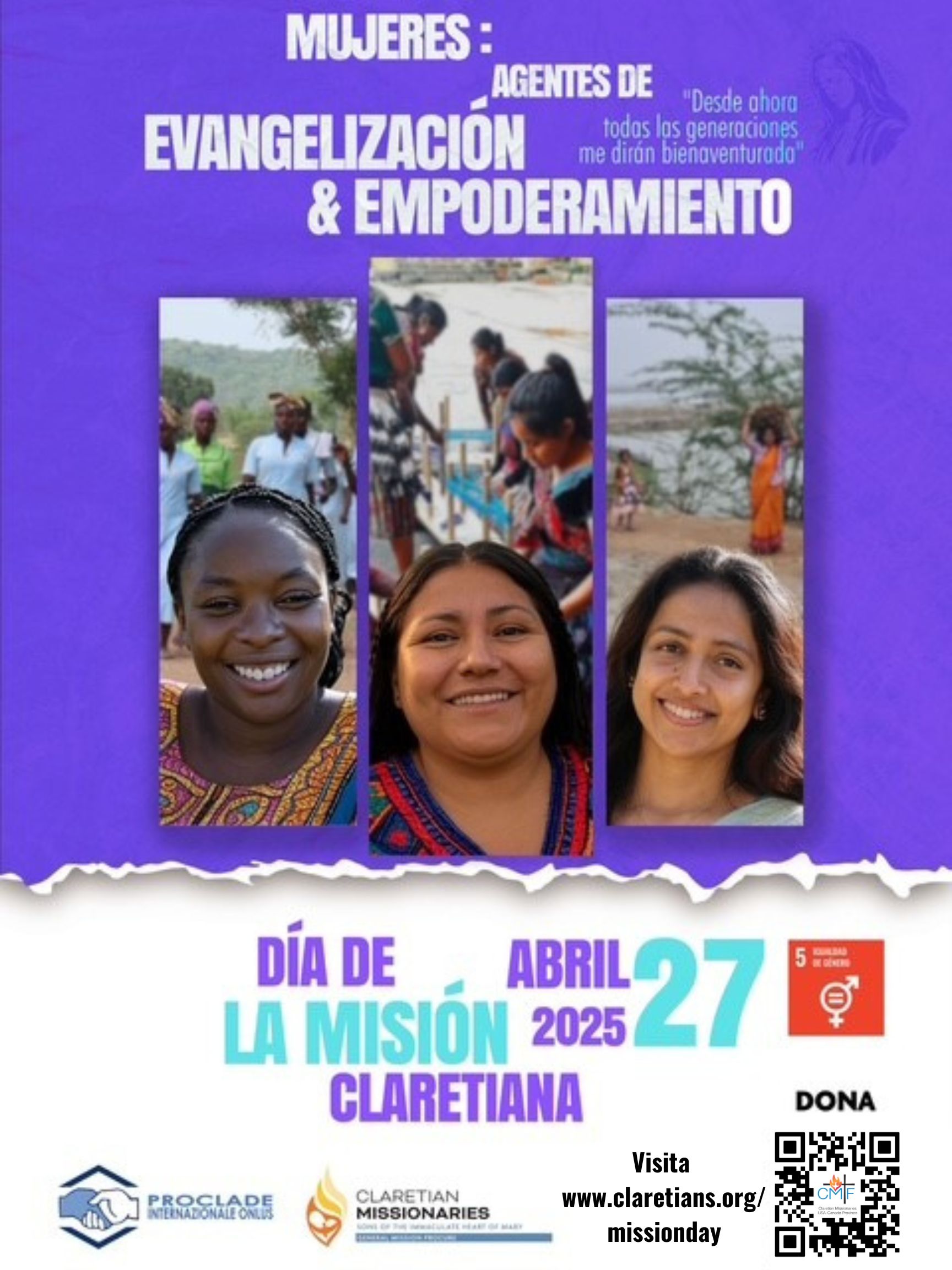A few weeks before my husband and I started a Catholic marriage prep program—what most people refer to as Pre-Cana—I started chemotherapy for Hodgkin’s lymphoma. My diagnosis shot us into a galaxy worlds beyond our Pre-Cana homework. While fielding numerous questions from canned worksheets about our future roles as parents (including the year we expected our first child to be born), we’d pore over the latest studies of Stage I Hodgkin’s treatments and fertility. As a result, our Pre-Cana experience was not the most enjoyable one.
While the particulars of our situation may have been rare, we are not the only couple for whom a Catholic marriage prep program proved an uncomfortable fit. Named for the wedding at Cana in John’s gospel, Pre-Cana encompasses a range of pre-marital counseling programs most parishes require for couples seeking to celebrate the sacrament of marriage. Although programs vary in content and structure, promotional materials and the curricula generally place the typical engaged Catholic couple in their mid-20s, with little previous dating experience. Topics such as finances, career paths, and children are often introduced as though being discussed for the first time.
National marriage trends, however, suggest a significant gap between the couple that Catholic marriage preparation anticipates and the couple who is actually enrolling. According to the Pew Research Center, in 2012, 32 percent of men and 25 percent of women had never been married by age 35. A 2014 report from the Council on Contemporary Families indicates that two thirds of first-time marriages occur after the couple has lived together for an average of 2 1/2 plus years. Although Catholic clergy are well aware of how these trends are shaping Pre-Cana program demographics—and the United States Conference of Catholic Bishops (USCCB) recognizes that nearly half of all couples seeking Catholic marriage preparation are cohabitating—the programs themselves have yet to reflect this awareness.
Individual Pre-Cana programs emerged during the 1970s and 1980s to address the steep climb in divorce rates that began soon after the advent of no-fault divorce in the United States. Today’s versions of these programs cover communication styles, spending habits, intimacy expectations, and other potential areas of conflict couples might encounter in their marriage. Furthermore, they allow couples a crucial opportunity to press “pause” amid wedding-planning frenzy or perhaps consider postponing or calling off the wedding altogether should irreconcilable differences crop up. To ensure that all red flags are unfurled early and often, many parishes assign a premarital inventory—or series of questions to ask yourself and each other about your relationship—such as Facilitating Open Couple Communication Understanding and Study (aka FOCCUS), before Pre-Cana begins.
While most dioceses require engaged couples to undergo at least some formal marriage preparation, Pre-Cana isn’t always a top priority for diocesan and parochial resource allocation. Ask 10 different couples about their premarital counseling experience and you’re guaranteed 10 different responses: eight hours of lectures plus a weekend retreat, a 20-minute meeting with the pastor in which each person pledges openness to children, and everything in between. Some parishes insist on natural family planning classes (and the U.S. bishops emphasize that); others don’t offer them at all. In addition to the variety of in-person programs, online preparation accommodates military deployment and other circumstances where long distance might be the only option.
While flexibility is essential, the problem arises when a parish’s approach to Pre-Cana develops not from careful consideration of parishioner demographics but from lack of adequate support for marriage ministry. If the warnings of months-long waiting lists that populate parish websites (assuming there’s any web presence for marriage ministry beyond the receptionist’s phone number) are any indication, parishes are increasingly forced to do more with less when preparing couples for this life-altering sacrament.
Our parish followed the sponsorship method of the For Better & For Ever program, in which the engaged couple meets with a married couple for six to eight weekly or biweekly sessions. Having dated for over two years, my husband and I were pleasantly surprised to discover the program offered new angles for approaching recurring arguments in our relationship. Drawing maps of our childhood homes, for example, helped us to better understand how our communication styles evolved from the families and places that formed us. However, there are also ways in which Pre-Cana fell short for us and will continue to fall short for today’s Catholic couples unless some changes are implemented.
For example, our local parish wasn’t well staffed. After taking several weeks to get back to us, the marriage prep coordinator informed us that no other sponsor couples were available beside himself and his wife. As it turned out, we were well matched, but they were only available mid-day during the week. Luckily for us, we could make it. But what about couples who can’t just leave their jobs in the middle of the day?
With better staffing support, parishes should spend less time on Pre-Cana enrollment logistics and more time reexamining the content itself. We scratched our heads at the story of “Suzie,” who always cuts the pot roast in half before cooking it (as her mother did), and “Frank,” who is “a little disappointed” that he doesn’t get to carve the whole roast at the table himself (as his father did). Had we missed the part where Frank breaks both his arms and is barred from the kitchen indefinitely? Having both been reared in dual-income families, this Father Knows Best scenario was foreign to our pasts and to the future we were planning.
Although career and household-related questions were worded inclusively for both genders, work-related scenarios tended to focus exclusively on the husbands’ careers or on both spouses’ careers as an impediment to quality time. And if Suzie and Frank were puzzling models, they were nothing compared to the difficult question a few chapters later: “If we had to make a choice to let go of just one career, for the sake of our marriage and our family, whose career would I choose to let go? Why?”
While many couples find splitting domestic responsibilities by traditional gender roles the best option, promoting this as the best choice for all spouses dismisses the realities of today’s marriages. According to a 2010 Pew report, 62 percent of the general public favored sharing household and childcare responsibilities between spouses—a notable increase from 48 percent in 1977. Although 32 percent of younger married couples did include a “breadwinner” husband and “homemaker” wife, should Pre-Cana designers and facilitators really be basing their programs off a model that resembles barely a third of the U.S. population? Even if my husband and I could envision a future where “letting go” became financially feasible, it’s unlikely that my professional vocation will vanish the instant I give birth. I might not travel to academic conferences when our children are infants. My husband might have to edit his book chapters at 4 a.m. Then again, maybe we’re overthinking and should already know whose career is more disposable. (Hint: not Frank’s.)
Emphasizing work-life balance may also build a bridge to other couples in so-called unorthodox circumstances: namely, cohabitating couples. While cohabitating couples are not banned from church marriage, Pre-Cana programs don’t exactly go out of their way to welcome them. For Better & For Ever took on cohabitation in a separate section, asking how couples intend to address any “scandal” that living together may cause and urging them to separate until the wedding. Perhaps cohabitating couples’ unique concerns could be folded into readings and activities for all couples, rather than hidden away in isolation. For Pre-Cana facilitators who fear that more inclusivity would conflict with Catholic teaching on premarital sex and cohabitation, the questions for cohabitating couples in the FOCCUS inventory might provide a guide for meeting cohabitating couples where they are while resisting language that longs wistfully for them to be (literally and figuratively) living someplace else.
From the U.S. Bishops’ 2009 pastoral letter, “Marriage: Love and Life in the Divine Plan,” to Pope Francis’ apostolic exhortation Amoris Laetitia (The Joy of Love) released just this past April, better support for marriage and family life remains a prominent concern for the church in the new millennium. If Pre-Cana programs are to have any role at all in facilitating such support, their content must be revised to accommodate couples who don’t fit the traditional ideal but who are just as vital to the church’s future as those who do. Granted, no amount of premarital counseling can predict every couple’s journey over a lifetime. But by investing more in marriage ministry, offering nuanced solutions beyond “letting go” for dual-income families, and promoting active acceptance over arm’s-length tolerance for couples in all circumstances, Pre-Cana could get a firmer grasp of where these journeys begin.

This article also appears in the August 2016 issue of U.S. Catholic (Vol. 81, No. 8, pages 27–31).
Image: via Upsplash














Add comment